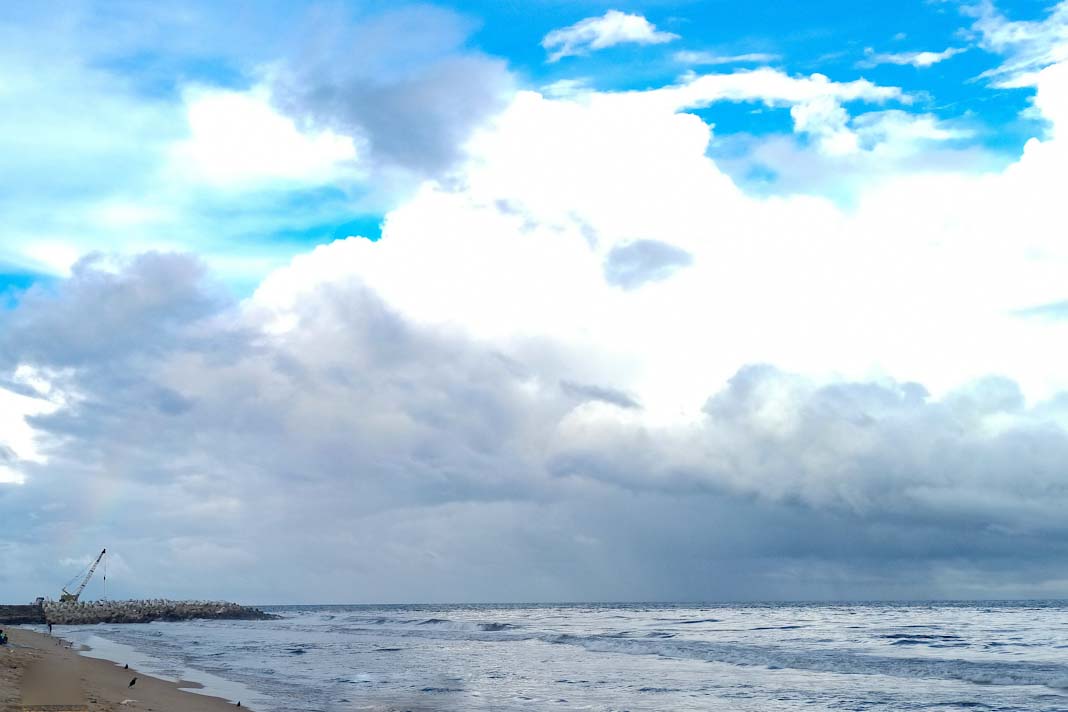
-
Union Maritime has launched Buran, its first wind-assisted ship equipped with Norsepower Rotor Sails™, initiating Project AeroPower and aiming to build the world’s largest wind-assisted fleet.
-
Rotor Sails™ are projected to reduce fuel use by 300 tons and CO₂ emissions by over 940 tons annually per vessel, with wind-optimized routing significantly enhancing performance.
-
Wind propulsion supports regulatory compliance, reduces EU carbon costs, and is backed by advanced crew training through a simulation program at Solent University.
Union Maritime, a UK-based shipowner, has officially launched Buran, its first vessel fitted with Norsepower Rotor Sails™, signaling a major step toward sustainable shipping. This vessel marks the beginning of Project AeroPower—a flagship initiative focused on scaling wind-assisted propulsion technology across its global fleet.
Project AeroPower and Fleet Expansion
Buran is the pioneer of the AeroPower-branded fleet, and its launch sets the stage for Union Maritime’s ambitious plan to expand its wind-assisted fleet to 34 vessels. This includes six chemical tankers also outfitted with Rotor Sails™, positioning Union Maritime to operate the largest such fleet globally. The sails are expected to generate up to 10% of each ship’s annual energy requirements directly from wind power.
Efficiency Gains and Emission Reductions
Equipped with Rotor Sails™, Buran is estimated to cut annual fuel consumption by approximately 300 tons—equivalent to over 2,000 barrels of oil—and lower CO₂ emissions by over 940 tons. The vessel began its maiden voyage from Taizhou, China, to Singapore, showcasing its clean technology capabilities on an international stage.
Wind-Optimized Routing Delivers Greater Benefits
A study conducted with Ascenz Marorka revealed that opting for windier, optimized routes rather than the shortest ones significantly enhanced fuel efficiency. On these wind-optimized paths, vessels saw a 6.5% reduction in CO₂ emissions compared to 3.1% on traditional shortest-distance routes. This strategy forms part of a wider commitment to maximizing the impact of renewable wind energy in commercial operations.
Digital Twin Analysis Enhances Technology Validation
A digital twin model of a “wind-ready” sister vessel enabled Union Maritime to simulate voyages under real-world conditions. The simulation compared standard and wind-optimized routes with and without Rotor Sails™, providing valuable insights into the tangible performance and environmental benefits of wind-assisted propulsion.
Regulatory and Economic Incentives
Wind propulsion also supports compliance with evolving regulations. Under the FuelEU Maritime framework, ships using wind propulsion can benefit from a greenhouse gas intensity “reward factor” of up to 5%. Moreover, emissions reductions directly lower the need to purchase EU Allowances (EUAs) under the EU Emissions Trading System (EU ETS), resulting in cost savings for operators.
Advanced Training for Seamless Integration
To ensure the safe and efficient operation of these cutting-edge vessels, Union Maritime has collaborated with the Warsash Maritime Simulation Centre at Solent University, Southampton. Together, they’ve developed a sophisticated training program featuring a 3D simulation model of an AeroPower vessel. This includes modules covering rotor sail operation, handling in extreme weather, emergency response, and close-quarters navigation.
With Buran setting sail and Project AeroPower gaining momentum, Union Maritime is redefining the future of sustainable shipping. Through innovative technology, data-driven insights, and proactive crew training, the company is not only reducing its environmental footprint but also setting a benchmark for others to follow.
Did you subscribe to our daily Newsletter?
It’s Free Click here to Subscribe!
Source: Marine Link

















